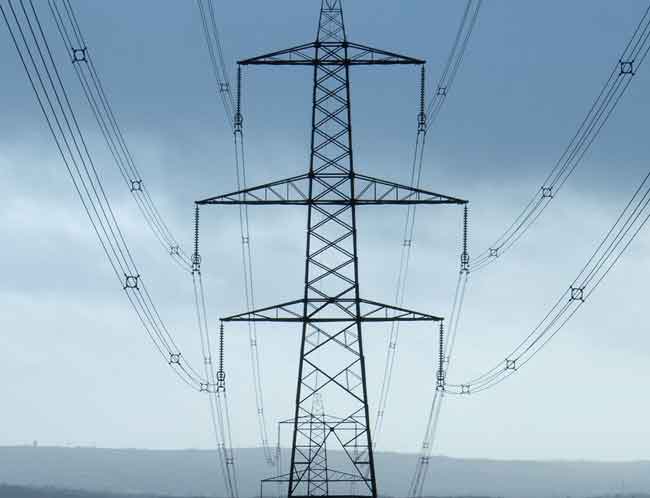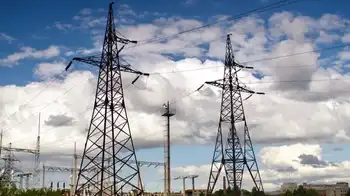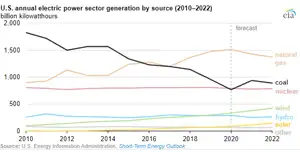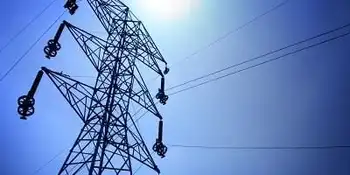India to unveil 20GW solar target
By Reuters
Protective Relay Training - Basic
Our customized live online or in‑person group training can be delivered to your staff at your location.

- Live Online
- 12 hours Instructor-led
- Group Training Available
The target, which would help India close the gap on solar front-runners like China, is part of an ambitious $19 billion, 30-year scheme that could increase India's leverage in international talks for a new U.N. climate pact in December, one of several measures meant to help cut emissions.
If fully implemented, solar power would be equivalent to one-eighth of India's current installed power base, helping the world's fourth-largest emitter of planet-warming greenhouse gas emissions limit its heavy reliance on dirty coal and assuaging the nagging power deficit that has crimped its growth.
The "National Solar Mission," yet to be formally adopted by Prime Minister Manmohan Singh's special panel on climate, envisages the creation of a statutory solar authority that would make it mandatory for states to buy some solar power, according to a draft of the plan, which provided detailed proposals for the first time, obtained by Reuters, "The aspiration is to ensure large-scale deployment of solar generated power for both grid connected as well as distributed and decentralized off-grid provision of commercial energy services," the policy draft said.
Confirming the proposed plan, a top Indian climate official told Reuters that the mission contained "quite stiff" targets that could be announced in September. In June a senior climate official had hoped it could be submitted this month.
"The draft should not change much and the target of 20 GW will be there," the official said on condition of anonymity because the issue was still under discussion.
Money would be spent on incentives for production and installation as well research and development, and the plan offers financial incentives and tax holidays for utilities.
It envisions three phases starting with 1-1.5 GW by 2012 along with steps to drive down production costs of solar panels and spur domestic manufacturing. The world now produces about 14 gigawatts (GW) of solar power, about half of it added last year.
The move could unlock India's huge renewables potential and benefit companies such as Tata BP Solar, a joint venture between Tata Power and BP plc's solar unit, BP Solar, and Bharat Heavy Electricals Ltd, a state-run power and engineering equipment firm, and Lanco Infratech.
Shares in Chinese solar equipment firms like Suntech Power Holdings and Trina Solar have tripled since March, when Beijing first announced subsidies; Beijing is widely expected soon to raise its solar target to up to 20 GW by 2020.
Japan is targeting 28 GW of solar power by 2020.
India's climate plan released last year identified harnessing renewable energy, such as solar power, and energy efficiency as central to its fight against global warming. At the moment only about 8 percent of India's total power mix is from renewables, although it is a leading provider of wind power technology.
Experts say the voluntary domestic action will add to India's bargaining power in international negotiations, although India's refusal to commit to any binding emission targets has angered many rich countries demanding greater commitment.
"Such unilateral action will give India the moral high-ground because the rich countries have not committed to anything (in terms of finance and technology)," said Siddharth Pathak, Greenpeace India's chief climate campaigner.











